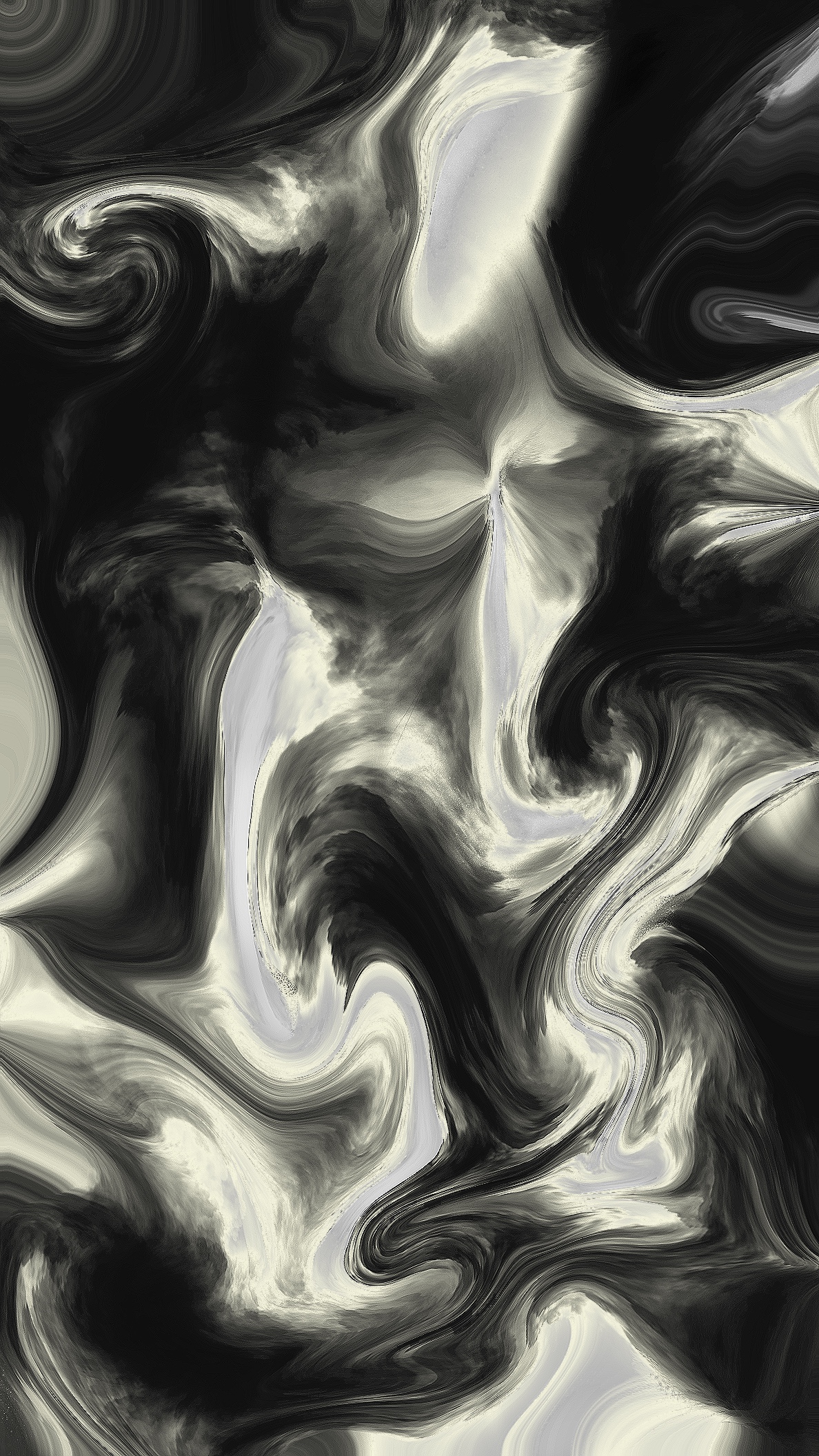
How is life organised
State the 3 aspects of cell theory:
- All cells are made up of one or more cells
- A cell is the basic unit structure and organisation in an organism
- All cells come from preexisting cells
Outline the 7 characteristics of living things:
Movement:
The ability to relocate from one place to another
Respiration
The action of breaking down glucose to release energy (break down of any nutrients)
Sensitivity
Responding to changes in the environment
Growth
When an organism achieves a permanent change in size because of mass
Reproduction
Producing offspring of the same kind
Excretion
Removing waste products from chemical reactions in the body
Nutrition
To obtain nutrients by feeding or making food
Deduce whether or not viruses are living things:
Viruses are not living things. Viruses are complicated assemblies of molecules, including proteins, nucleic acids, lipids, and carbohydrates, but on their own, they can do nothing until they enter a living cell. Viruses cannot reproduce on their own and must infect a host cell to multiply. Therefore, viruses are not living things.
Describe Pasteur’s experiment:
Louis Pasteur designed and executed a procedure to test the theory of spontaneous generation proposed by Schleiden and Schwann. He did so by testing whether sterile nutrient broth could spontaneously generate microbial life. To do this, he set up two experiments. In both, Pasteur added nutrient broth to flasks, bent the necks of the flasks into S shapes, and then boiled the broth to kill any existing microbes. Pasteur’s experiment proved that microbes cannot arise from nonliving materials under the conditions that existed on Earth during his lifetime. Thus, Pasteur disproved spontaneous generation.
Observe cells (plants and animals) under the microscope:
Plant cells:
Eukaryotic cells present in green plants, photosynthetic eukaryotes of the kingdom Plantae.
Animal cells:
The basic unit of life in organisms of the kingdom Animalia. They are eukaryotic cells, meaning that they have a true nucleus and specialized structures called organelles that carry out different functions.

Describe the functions of cell organelles, ribosome, mitochondria, nucleus, cell wall, plasma membrane, pili, flagella, nucleoid, chloroplast, vacuole?
Some of the most crucial cell organelles are the ribosome, mitochondria, nucleus, cell wall, plasma membrane, pili, flagella, nucleoid, chloroplast, and the vacuole, each covering a certain aspect of a Cell. Each of their purposes are listed in the table below.

Compare and contrast plant and animal cells:
In a plant cell, the cell wall, large vacuole, chloroplasts, and flagella (only in gametes) can be found, whereas, in an animal cell, there is no form of a cell wall, nor chloroplasts. There are small or no vacuoles and there are flagella. However what the two cells have in common is the mitochondrion, the Golgi apparatus, present rough and small endoplasmic reticulum, a nucleus, cytoplasm, and prevalent ribosomes.
Compare prokaryotes and eukaryotes:
Most prokaryotes cells on their own are unicellular whereas eukaryotes are multicellular. In a prokaryote, the nucleus is poorly defined due to the absence of a nuclear membrane, however, in eukaryotes, the nucleus is surrounded by the nucleus membrane. Finally, in a prokaryote, the nucleolus is absent, but in a eukaryote, the nucleolus is visibly present.
Define the terms embryonic stem cells, hierarchy, multicellular, organization, physical, unicellular, differentiation:

Explain 3 examples of specialized cells? :
- Muscle cells
These cells make movement possible. These cylindrical cells are made up of banded fibers that allow for contraction. Through the functioning of these specialized cells, the human body can complete an assortment of movement-based tasks. These cells, like many in the human body, join together to create larger body structures.
- Specialized sperm cells
These cells are necessary for human reproduction. These cells are made up predominantly of a nucleus. Unlike some stationary cells, these cells are highly mobile as they must move to locate an egg for fertilization to occur. The mitochondria within the sperm cell provide the energy that specialized cells of this type require to move at such high rates of speed.
- Red blood cells
These cells carry oxygen around the body, delivering it to organs that require this life-giving gas. These cells lack an assortment of pieces commonly associated with cells, including mitochondria and a nucleus. The absence of these organelles allows the cell to carry more oxygen around the body. Cells of this type are predominantly composed of hemoglobin, a chemical that allows for the uptake and carrying of oxygen.
Summarize the levels of organization of life:
The biological levels of organization of living things arranged from the simplest to most complex are: organelle, cells, tissues, organs, organ systems, organisms, populations, communities, ecosystem, and biosphere.
Define classification:
Classification, in biology, the establishment of a hierarchical system of categories on the basis of presumed natural relationships among organisms. The science of biological classification is commonly called taxonomy.
Describe features of the 5 kingdoms:
The 5 main kingdoms are Monera, Protista, Fungi, Plantae, and Animalia.

Draw and label a prokaryotic (bacterial) cell:

Distinguish between analogous and homologous structures? :
Homologous structures share a similar embryonic origin. Analogous organs have a similar function. For example, the bones in the front flipper of a whale are homologous to the bones in the human arm. These structures are not analogous. The wings of a butterfly and the wings of a bird are analogous but not homologous.
Outline how organisms are named according to binomial nomenclature?
The binomial nomenclature system combines two names into one to give all species unique scientific names. The first part of a scientific name is called the genus. The second part of a species name is the specific epithet. It is followed by kingdom, phylum, class, order, family, genus, and species.
List the stages of the hierarchy of life? :
There are seven stages of the hierarchy of life. First is Species (Homo Sapiens), then there is Genus (Homo), then Family (Hominids), then Order (Primates) then Class (Mammals), then Phylum (Chordates), and finally Kingdom (Animals)
Discuss the possibility of creating artificial life:
Biology is the scientific study of life; artificial life is the name that has been given to a new order that is studying “natural” experience, this is being done by making every effort to recreate natural appearance from scratch and completely brand new; this is done by using computers and multiple other “artificial” media. Artificial is being seen as synthetic biology, which is engineering to generate modified or completely brand-new forms of life, as the aim of artificial life is extracting the properties of the living and having features that perfectly exhibit all the behavior which are lifelike. In Artificial life (AL), life is observed as an organization of property of matter and not just stuff of value by itself. The biggest problem is that Artificial life is growing and will continue to thrive.
Suggest ethical issues of creating artificial life:
The achievement of the first bacterium with the genome completely synthetic had quickly hit all news and headlines and spread the news so fast, but there had been multiple debates about what impact Artificial life would have on the future and what ethical concerns would arise. One it comes to ethical concerns; there is always one thing that pops up in many people’s minds is how artificial life will cause catastrophic consequences for humans and the environment. People tend to take some risks if they think there are possibly some good benefits to it, but then there are others who do not believe that creating life is not entirely a good thing. Some people may take it to the religious side and think it is wrong, and others might find it wrong because they are unsure of what will happen. There are quite a few ethical concerns on artificial life, and many people believe that it should not be done as it may take a big spread of use, which is not ethically correct at all.
